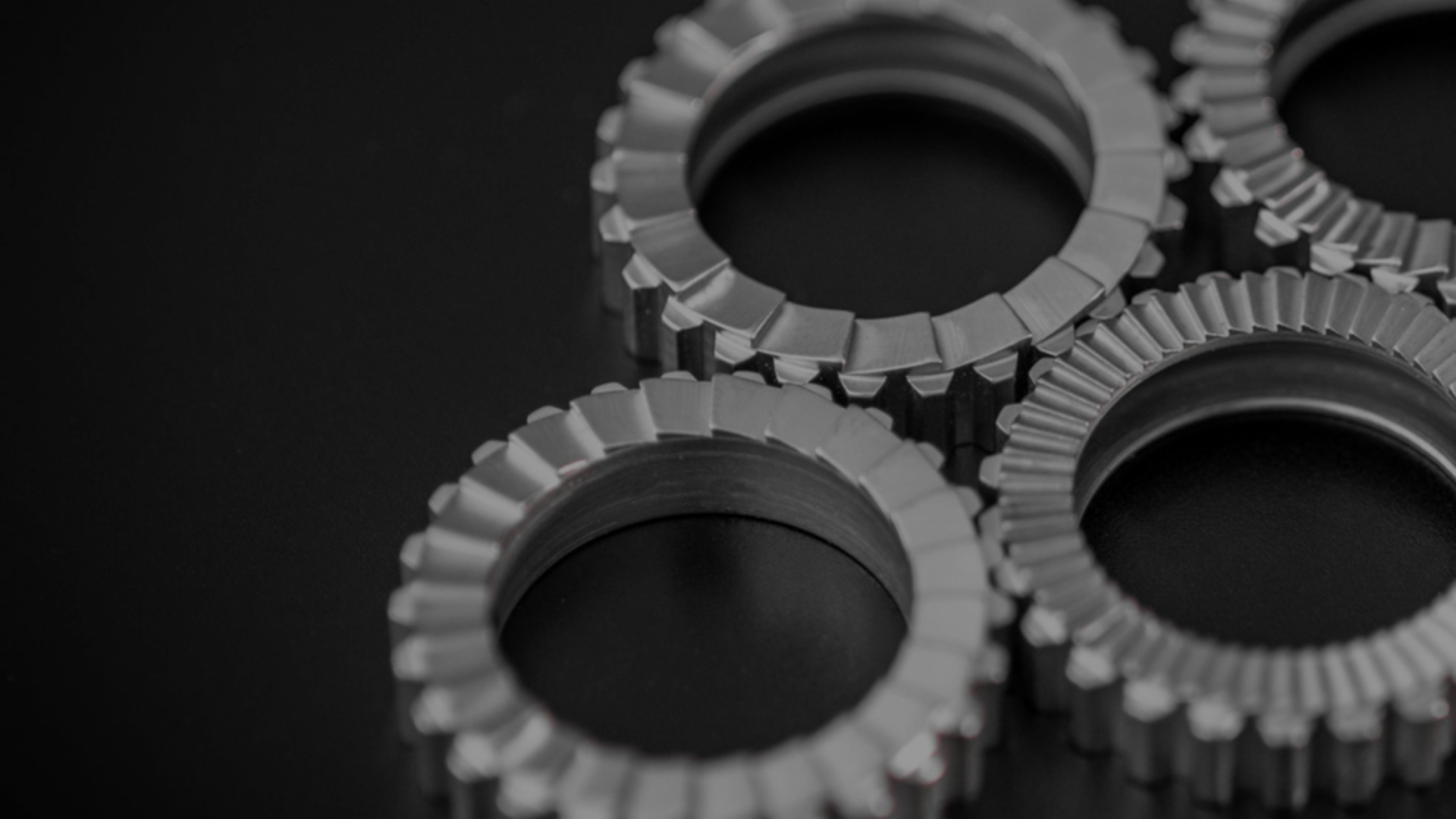RIDING EFFECTS
Now that we know what the engagement angle is, the question is when and how does this angle affect riding?

A hotly discussed topic in the market right now - engagement angle! What is the engagement angle, how does this angle affect riding performance and is the conventional wisdom "the more the better" really always better?
The engagement angle is the maximum degree that the freehub body can rotate until the teeth of the freehub system engage and accelerate the hub. This angle is calculated by dividing 360º by the number of engagement points of the freehub system.

Now that we know what the engagement angle is, the question is when and how does this angle affect riding?
The backlash - is the maximum idle distance the crank can turn before the freehub mechanism engages and converts the force on the crankinto acceleration of the wheel. The backlash is influenced by three factors, the crank length, the gear ratio and the engagement angle.
The crank length and the engagement angle are proportional to the idle distance of the crank. The gear ratio, on the other hand, has an inversely proportional effect on the backlash.
The smaller the gear ratio, the greater the maximum idle stroke of the crank.
So when is a small backlash important? When it comes to climbs and situations where it is important to accelerate immediately to overcome obstacles.
\(BACKLASH = 2\cdot \pi \cdot cranklength \cdot {engagement\ angle \over 360} \cdot {sprocket \over chainring}\)

Pedal kickback is a phenomenon that only appears on full suspension bikes. It is caused by chain tension during suspension compression, which leads to a backwards movement of the cranks. Additionally, this chain tension prevents the suspension from moving freely. But what does pedal kickback have to do with engagement angle?
To describe the effect in more detail, we first make two assumptions. The rear wheel is fixed and can neither turn clockwise nor counterclockwise. The second assumption that is made is that we are in a static situation, which means that we leave the speed of the bike out.

So what happens if the rear suspension compresses?

What's the influence on the suspension?
If the crank is prevented from turning, the chain tension keeps the distance between bottom bracket and rear axle constant which in turn prevents the swing arm from moving freely and the suspension is not able to absorb the impact.

What does pedal kickback have to do with point of engagement? To understand the influence of the engagement angle on pedal kickback, it is easiest to first look at the two extremes, instant engagement and no engagement.
Instant engagement would be achievable with a freehub system that offers an infinite number of points of engagement (POE). In any situation where your freehub body might be, the freehub body is engaged in the hub housing. The freehub body can rotate counterclockwise, but cannot move clockwise.
When the suspension is compressed, the distance between bottom bracket and rear axle increases (in dependence of the respective bike kinematic).
The change in chain length is thereby compensated by the derailleur or the chain tensioner. Since the freehub body can only move counterclockwise, the chain is tensioned backwards, which causes a backwards movement of the cranks too.
If the cranks were fixed, a change in distance between bottom bracket and rear axle would not be possible, which would prevent free movement of the suspension.


The other extreme would be a freehub system without any POE, which would mean that the freehub body could rotate freely in both directions.
With this starting position, the freehub body can now also move in a clockwise direction. Even if the crank is now fixed by the rider's body weight, the rear end could work freely, since the chain can move clockwise over the cassette.


Let's assume that a bike has a pedal kickback of 3° at an impact of 50 mm with a gear ratio of 32/14. What does this mean for the freehub?
To understand the influence of the engagement angle on the pedal kickback, you need to know how much the freehub would turn. To do this, one multiplies the pedal kickback by the gear ratio.
3° on the crank, means a 6.8° rotation of the freehub body.
\(6.8° = 3°\cdot {32\over 14}\)


In a system without any POEs, the freehub body could rotate freely by the appropriate angle in any position, and there would never be any pedal kickback. In a system with infinite POEs or with a high amount of POEs, there is a high probability of pedal kick-back.
In regard to the example, this means that if the engagement angle is smaller than 6.8°, there is a high probability of pedal kickback.
The larger the engagement angle, the lower the probability of pedal kickback.
More points of engagement = higher potential of pedal kickbacks*
*Depending on bike's kinematic and riding speed.

While riding, the hub rotates at a certain speed. To accelerate, the freehub body has to engage with the hub and this only occurs if the cassette rotates faster than the hub. If the angular speed of the hub is faster than the angular speed of the cassette, the freehub body cannot engage and the wheel will not accelerate.
For pedal kickback, this means that if the angular speed of the hub is higher than the speed of the freehub body generated by the chain tension, there will be no pedal kickback or negative influence on your suspension. But it is not easy to reach this critical speed, because the faster you ride, the higher the possibility of harder compressions and the faster the freehub body speed reached by the chain. If it were easy to reach this speed, there would be no world cup riders that experiment with removing a sprocket to have an idle to eliminate pedal kickback.
However, it should also be noted that the kinematics of some bikes have no pedal kickback.

We know that for some riders, e.g. trial riders, a small engagement angle is very important, therefore we offer a 54t conversion kit, reducing the engagement angle to 6.7°.
